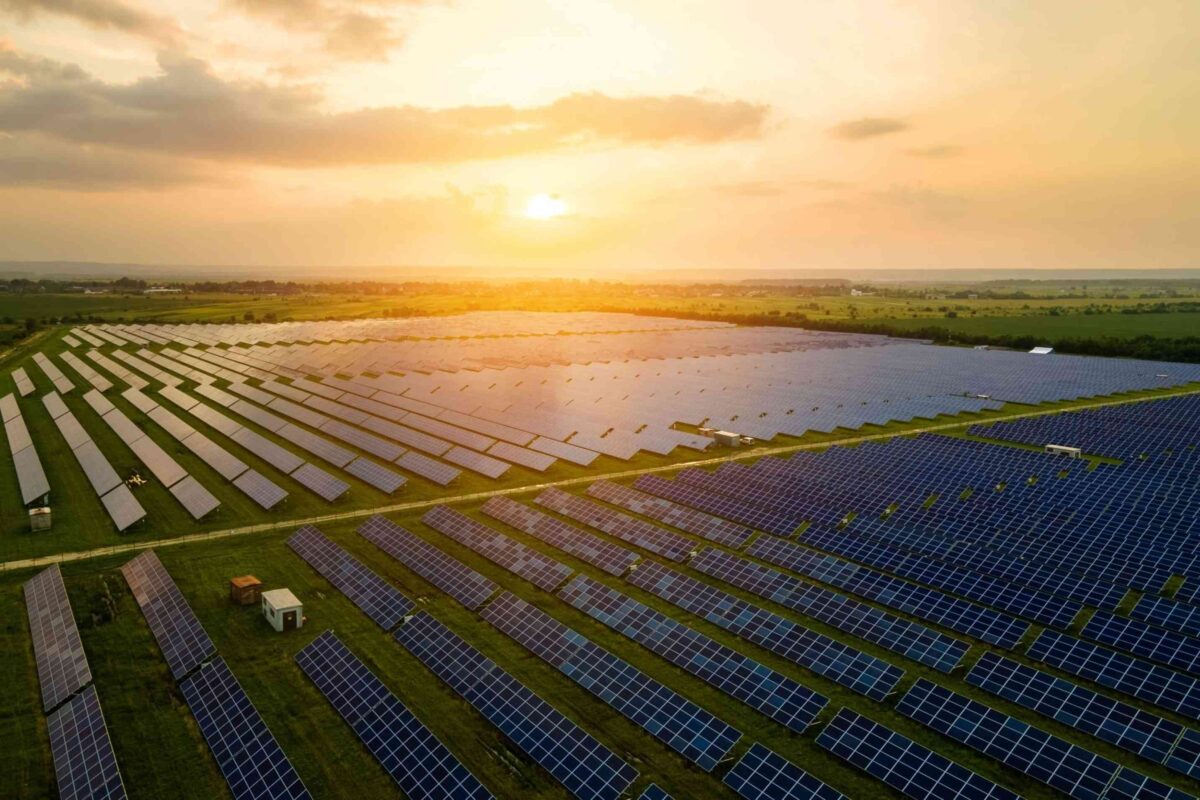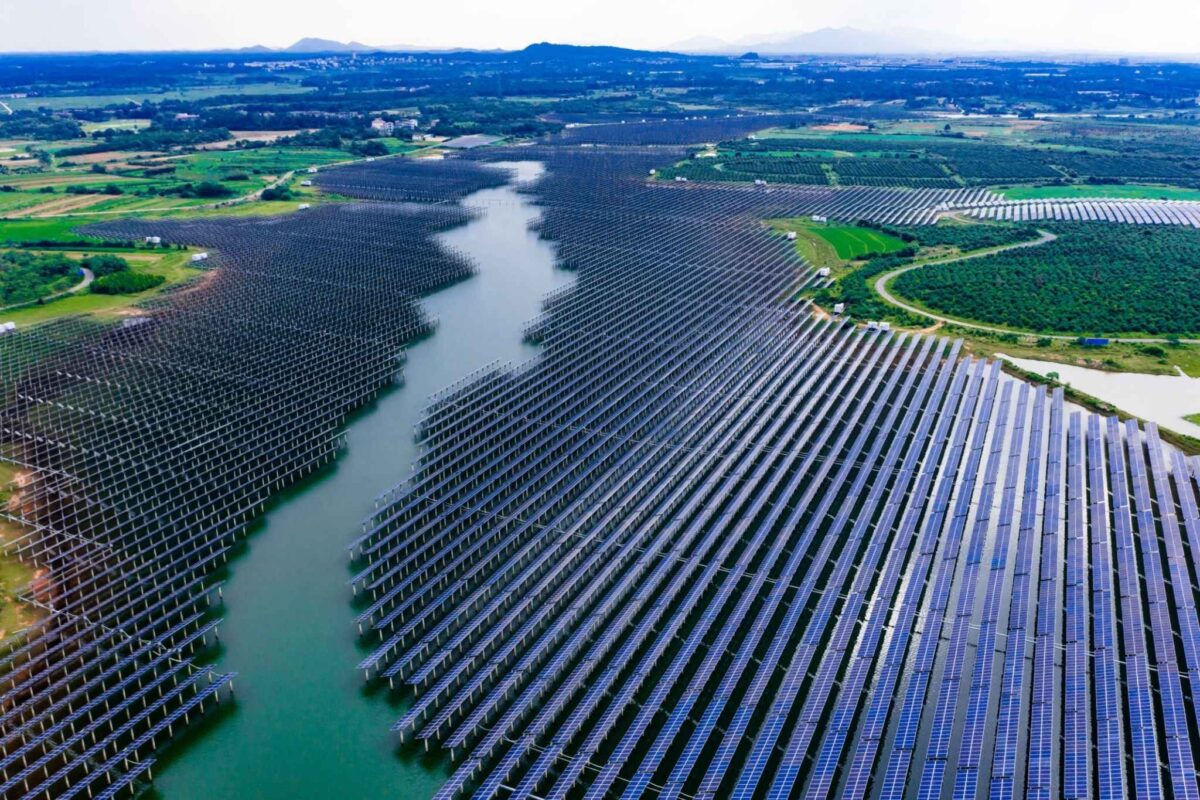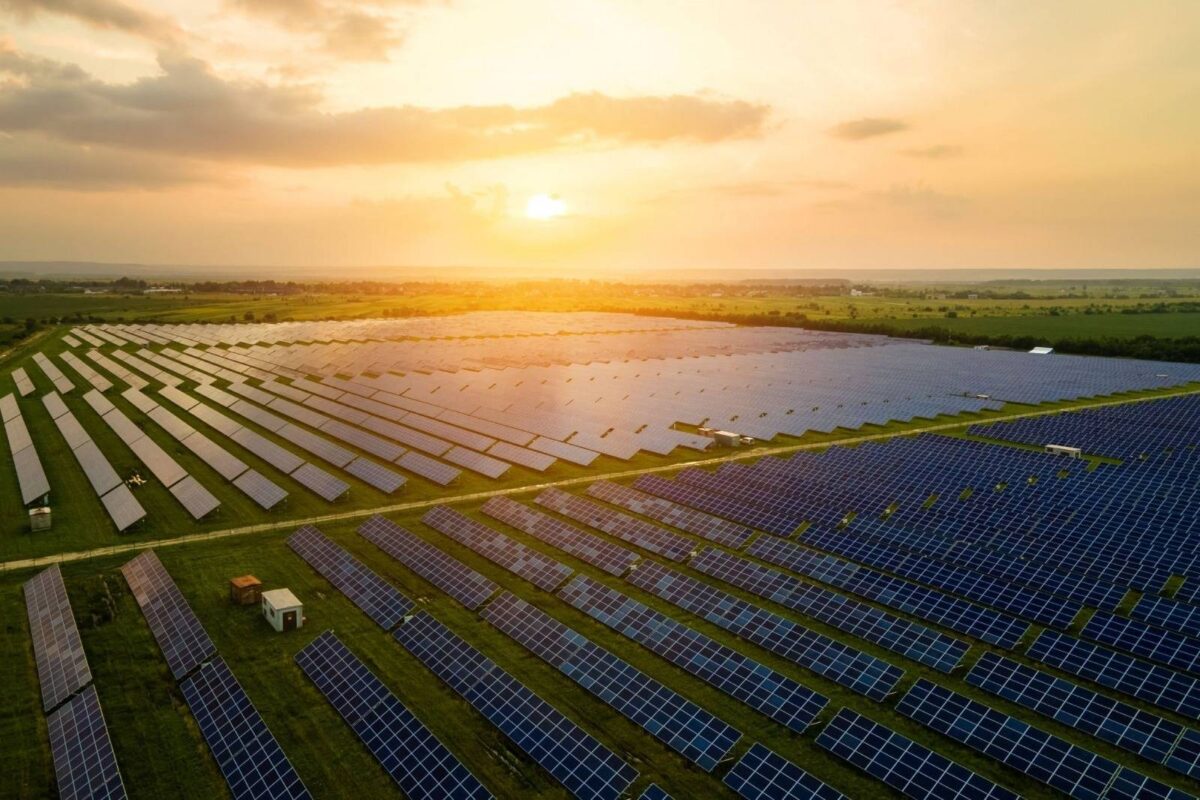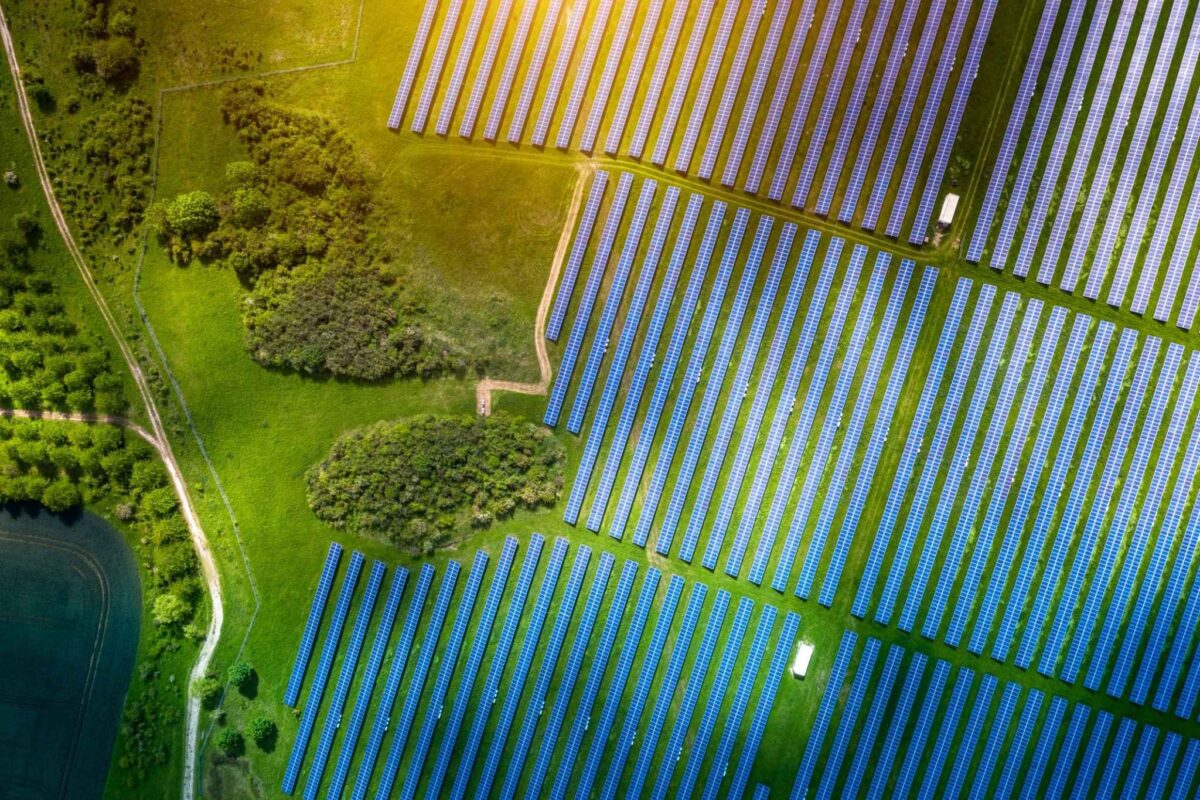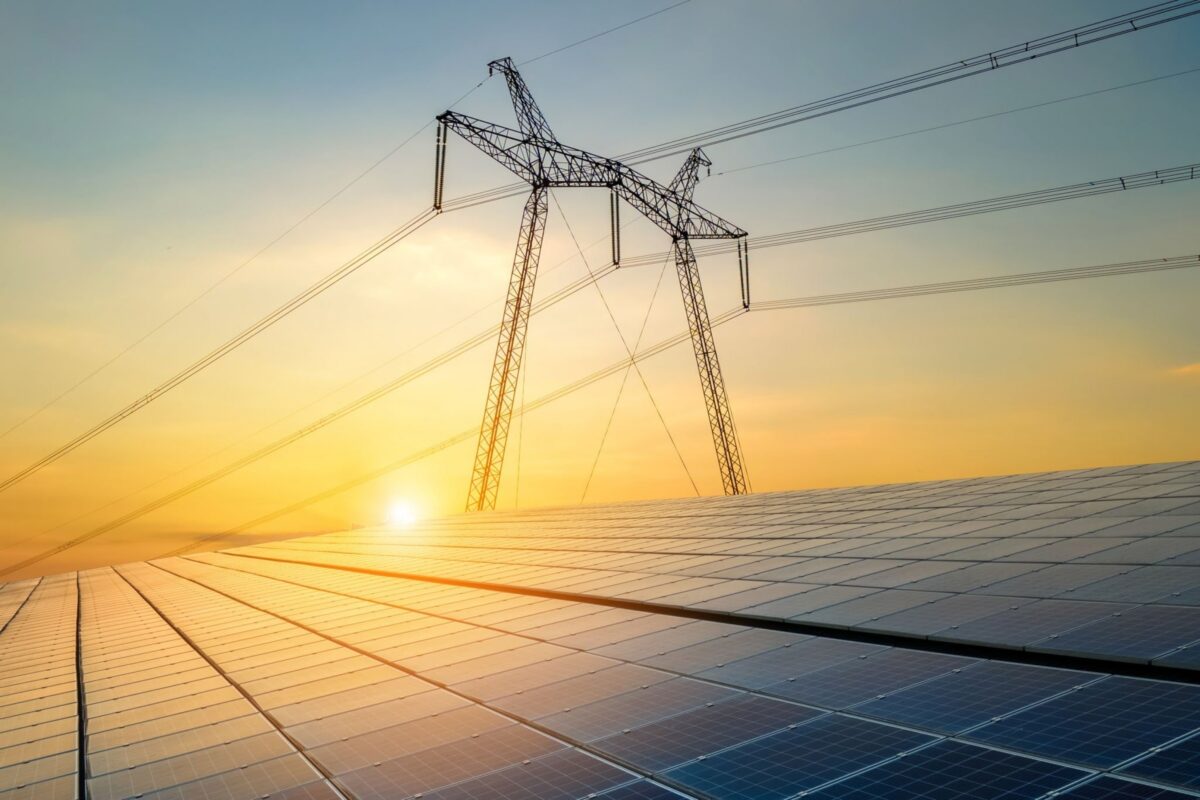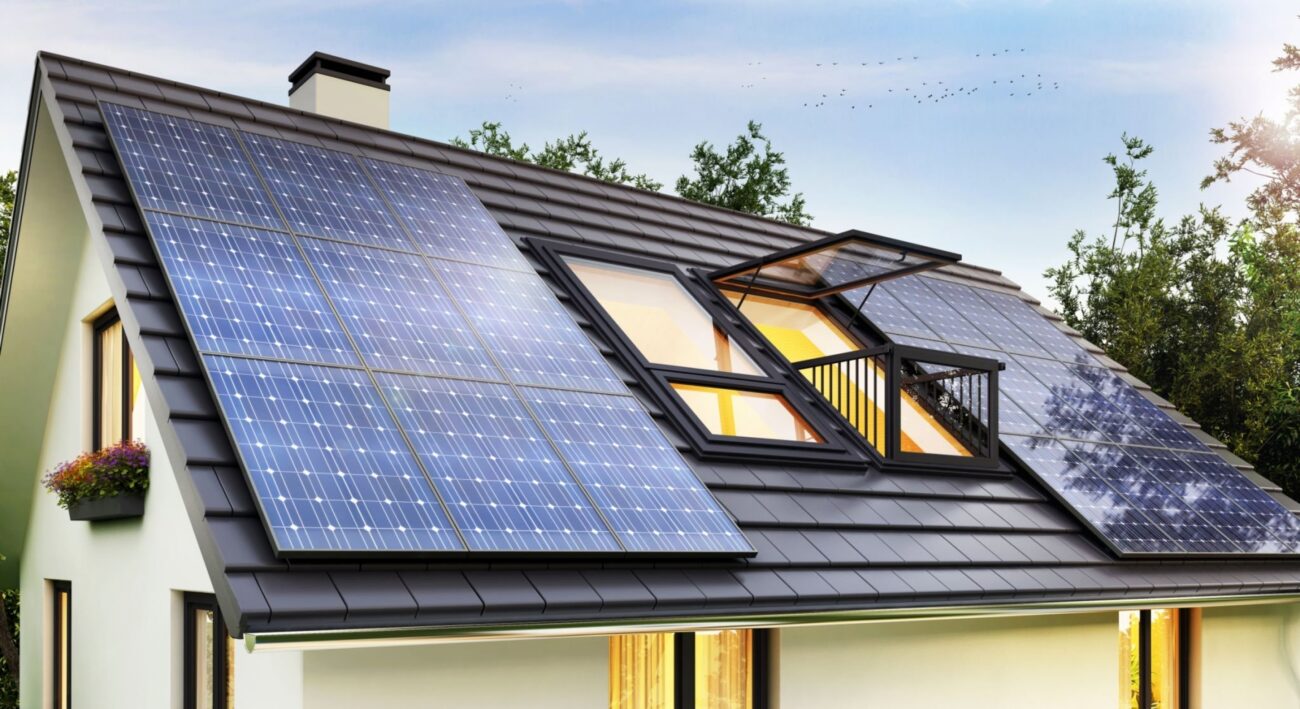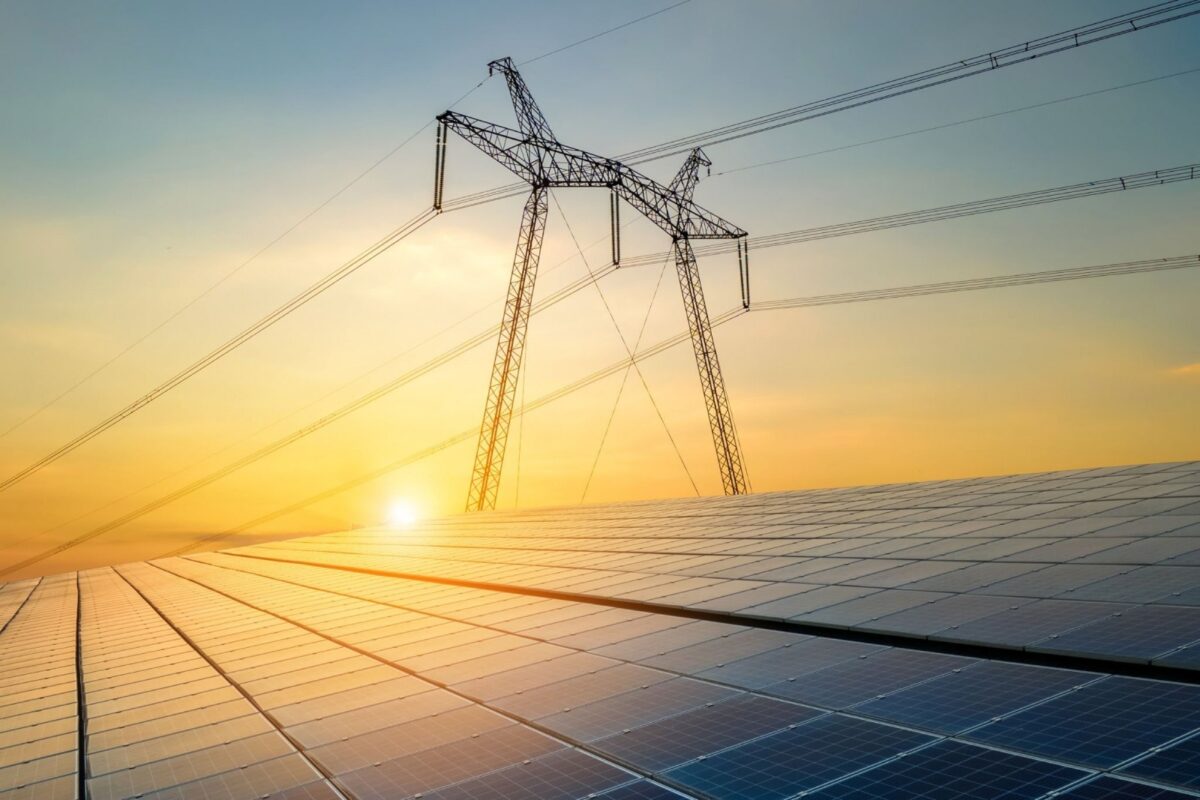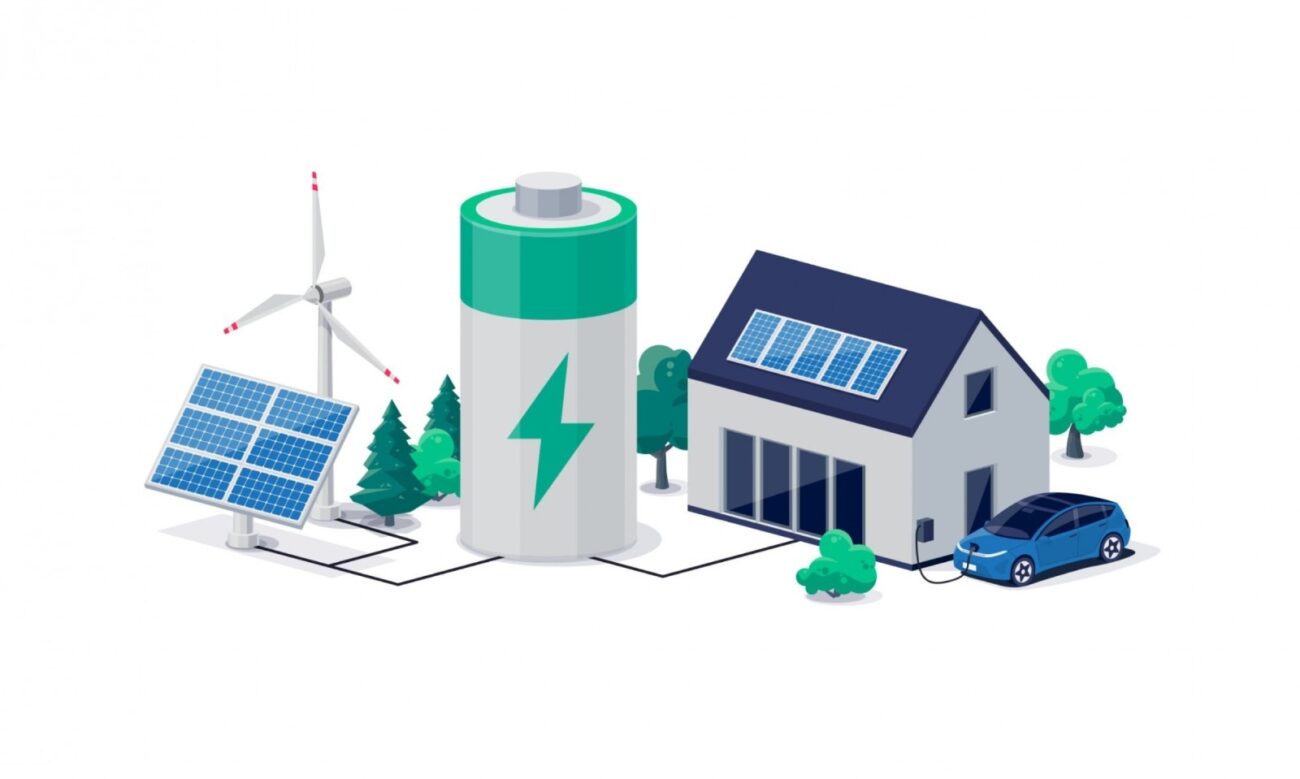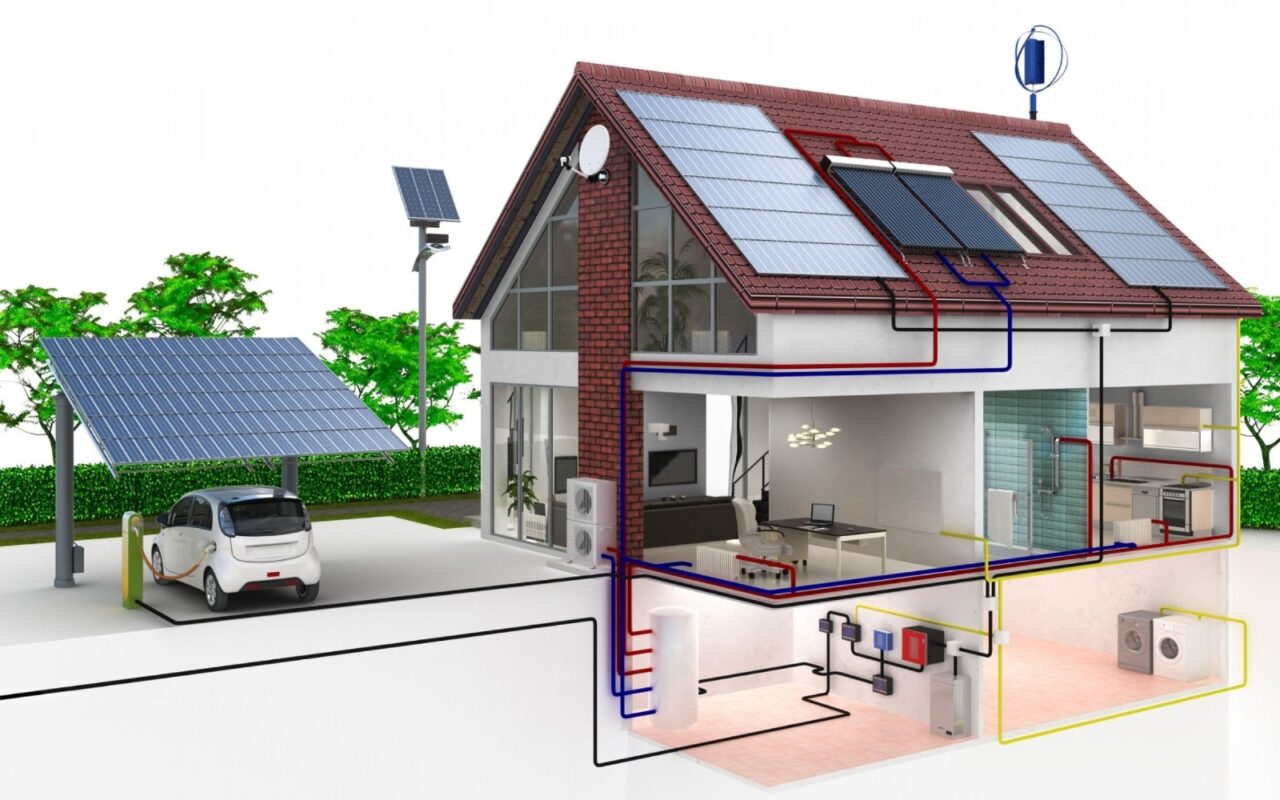The sun is a natural resource for producing energy. Solar panels convert sunlight into electrical energy. They are used in many remote locations that rely on solar power in order to provide electricity where other fuels cannot be obtained, or where the cost of installing an electrical grid is prohibitive.
Solar panels are made of silicon. Silicon is a chemical element with the atomic number 14 on its periodic table due to its high melting point at approximately 4318 °C (6018 °F), but it has few other properties that make it especially useful for this application. The main component in most types of solar panels is crystalline wafers which are processed with silicon.
The basic process of how a solar panel works involves the absorption of light and energy from the sun, and transforming it into an electric current which can then be used to power homes and other buildings, saving money on electrical bills.
If the size of a solar panel is bigger, more electricity can be produced. The amount of electricity that is produced by a single solar panel depends on its surface area, directly proportional to its size.

There are several types of solar panels available on the market, including:
- Monocrystalline solar panels: Monocrystalline solar panels are a type of photovoltaic panel made from a single silicon crystal. They are known for their high efficiency and long lifespan, making them a popular choice for residential and commercial solar installations.
The manufacturing process for monocrystalline solar panels involves melting and purifying silicon, which is then cooled and sliced into thin wafers. These wafers are then used to create individual solar cells that are wired together to form a complete solar panel.
Monocrystalline solar panels is their high efficiency. Because they are made from a single crystal, they have a more uniform and ordered structure, which allows them to convert sunlight into electricity more efficiently than other types of solar panels.
There are some downsides to monocrystalline solar panels. They can be more expensive than other types of solar panels, which can make them less accessible to some consumers.
- Polycrystalline solar panels: Polycrystalline solar panels are a type of photovoltaic panel made from multiple silicon crystals. They are also known as multi-crystalline or simply multi-solar panels.
The manufacturing process for polycrystalline solar panels involves melting and purifying silicon, which is then poured into a mold and allowed to cool, forming a block of silicon with multiple crystals. This block is then sliced into thin wafers, which are used to create individual solar cells that are wired together to form a complete solar panel.
Polycrystalline solar panels is their lower cost compared to monocrystalline solar panels. The manufacturing process for polycrystalline solar panels is less expensive, making them a more affordable option for consumers.
However, polycrystalline solar panels typically have a slightly lower efficiency compared to monocrystalline solar panels, meaning that they are not able to convert sunlight into electricity quite as efficiently.
- Thin-film solar panels: Thin-film solar panels are a type of photovoltaic panel that use thin layers of semiconductor materials to generate electricity from sunlight. They are also known as thin-film photovoltaic (PV) modules.
The manufacturing process for thin-film solar panels involves depositing one or more thin layers of semiconductor material (such as amorphous silicon, cadmium telluride, or copper indium gallium selenide) onto a substrate material (such as glass or plastic). These layers are then wired together to form a complete solar panel.
Thin-film solar panels is that they are lightweight and flexible, which makes them easier to install and can allow for more creative solar panel designs. They also tend to have a lower cost compared to traditional silicon-based solar panels, making them a more affordable option for some consumers.
However, thin-film solar panels typically have a lower efficiency compared to traditional silicon-based solar panels, meaning that they are not able to convert sunlight into electricity quite as efficiently. They also tend to have a shorter lifespan compared to traditional solar panels, which may need to be replaced sooner.
- Bifacial solar panels: Bifacial solar panels are a type of photovoltaic panel that can generate electricity from both sides of the panel. They are also known as two-sided solar panels.
The manufacturing process for bifacial solar panels is similar to traditional solar panels, with the key difference being that they have transparent back sheets or are mounted on a transparent surface, which allows sunlight to pass through the panel and generate electricity on both sides.
Bifacial solar panels are that they can generate more electricity compared to traditional solar panels because they can capture sunlight from both sides. This makes them particularly useful in areas with high levels of diffuse light, such as cloudy or overcast regions.
Additionally, bifacial solar panels can have a lower temperature coefficient compared to traditional solar panels, meaning that they can maintain their efficiency better in high-temperature environments.
However, there are some downsides to bifacial solar panels. They tend to be more expensive compared to traditional solar panels, which can make them less accessible to some consumers.
- Concentrated solar panels: Concentrated solar panels, also known as concentrated solar power (CSP) systems, are a type of solar technology that uses mirrors or lenses to concentrate sunlight onto a small area to generate electricity. The concentrated sunlight is typically used to heat a fluid, which then drives a turbine to produce electricity.
The main components of a CSP system include the solar field (which consists of mirrors or lenses to concentrate sunlight), the receiver (which collects and absorbs the concentrated sunlight), and the power block (which converts the heat generated by the receiver into electricity).
One advantage of concentrated solar panels is their ability to generate electricity even when the sun is not shining directly on the panels, as they can store thermal energy and use it to generate electricity later.
However, there are some downsides to concentrated solar panels. They tend to be more expensive compared to traditional solar panels and require more land area to install. Additionally, CSP systems can have negative environmental impacts, such as the potential to harm wildlife, particularly birds, that may fly through the concentrated sunlight.
- Building-integrated photovoltaics (BIPV): Building-integrated photovoltaics, or BIPV, are solar panels that are integrated directly into the design of a building, such as the roof or walls, to generate electricity while serving a functional purpose. BIPV can provide both an energy-efficient source of electricity for the building and a visually appealing architectural design.
BIPV systems can be installed in a variety of ways, such as in solar roof tiles or shingles, curtain walls, windows, or skylights. The technology behind BIPV is similar to traditional solar panels, with the main difference being that the solar panels are integrated into the building’s design.
One advantage of BIPV is that it can save space and reduce the need for additional structures to hold traditional solar panels. Additionally, BIPV can provide a more aesthetically pleasing design compared to traditional solar panels, as the panels can blend seamlessly with the building’s architecture.
However, BIPV systems tend to be more expensive compared to traditional solar panels and may require more maintenance due to their integration with the building’s design.




